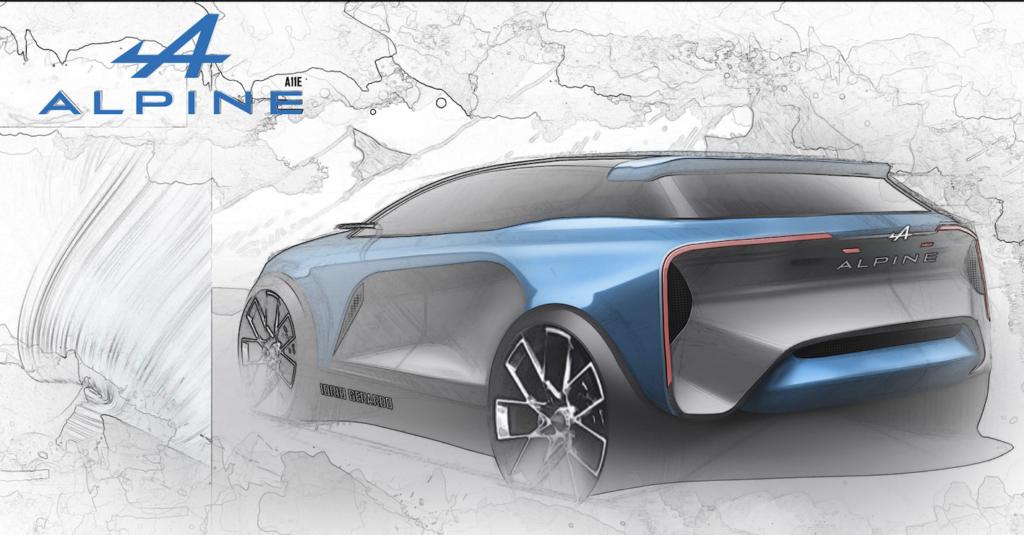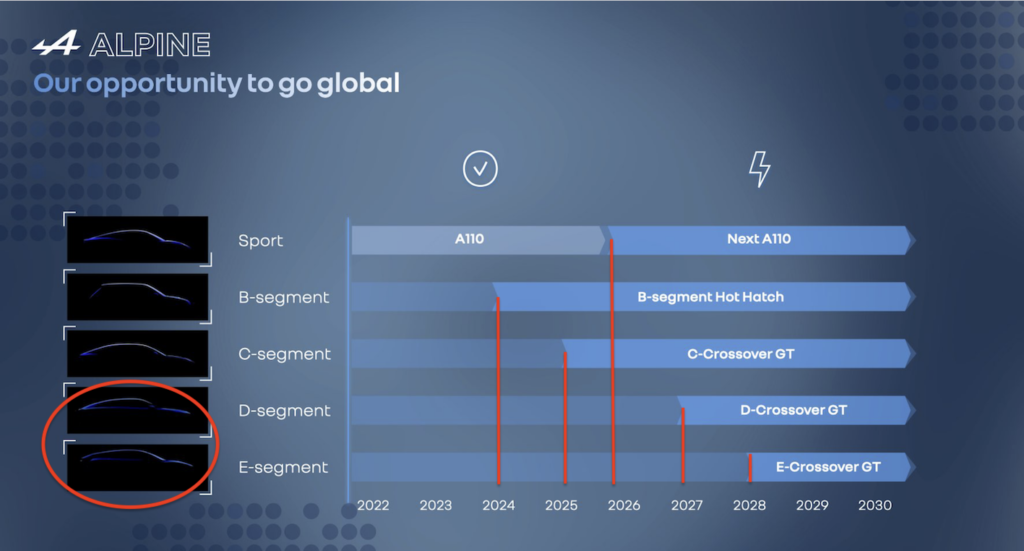

Last November, the Renault group unveiled the third part of its Renaulution plan with the creation of five units specialising in new value chains. Among them, Ampere will group together, develop and market all the 100% electric models, excluding the Alpine. These will be the next Renault 5, Renault 4 crossover and LCV, the Scénic E-TECH and “two other vehicles to come”, according to the press release. These will therefore be exclusively Renault vehicles.

Among the five autonomous entities, in addition to Ampere, there will be one called Power, which will be concerned solely with the development of powertrains and hybrid thermal models. Because, according to the manufacturer, “these vehicles will still account for up to 50% of global passenger car sales even by 2040. That is, five years after Europe has banned the sale of vehicles with more than zero emissions.

The Renault group is joining forces with China’s Geely to combine their internal combustion engines in a 50-50 entity. “This dedicated business will design, develop, produce and sell internal combustion and hybrid powertrain components and systems with state-of-the-art technologies. From day one, this entity will generate a turnover of more than 15 billion euros with a volume of 5 million units per year. For the long term, Renault has not put all its eggs in the electric basket, but the combustion basket is now shared with Gelly…

Finally, the entity that interests us today is the one that simply bears the name of the Alpine brand. Thus, Luca de Meo renews his confidence in Alpine’s worldwide development strategy towards 100% electric cars. Of course, Alpine is not alone in its corner. “Being part of the Renault group ensures access to Ampere’s electric technology and software assets. Alpine will expand globally, with half of its future growth outside Europe, through commercial partnerships and investor support. And while we’re on the subject of sales, and global sales (half of all Alpines will be sold outside Europe, which is no small feat), let’s talk product.

The Renaulution plan had unveiled the first three models of the 100% electric brand: the R5 Alpine, the GT crossover and the A110 replacement. The first is a derivative of the 2024 R5 all-electric, the second is likely to be based on the Nissan Ariya platform, while the third will share its underpinnings with Lotus.

However, it is not these three vehicles that will enable Alpine to achieve its global objectives. In November last year, two other silhouettes were announced: “Alpine is developing a brand new range that will support its growth and international ambitions and will be fully electric from 2026. From 2027, “Alpine plans to launch two vehicles with advanced technologies in the D – 2027- and E – 2028- segments to support its international expansion. Thus, half of Alpine’s growth will come from new markets beyond Europe, potentially including North America and China.”

These two crossovers, planned largely for the North American and Chinese markets, and moreover in the D and E segments (the two highest segments), will undoubtedly chip away at the brand’s lightness DNA. But the commitment made by Luca de Meo in 2021 to make Alpine a real brand, imposes the choice of these last two silhouettes more likely to make the investments profitable. However, knowing that the brand has displayed its worldwide ambitions since the end of 2022, one can wonder about the desire to make it an exclusively electric brand in the face of its competitors, notably American and Chinese, who continue to invest in combustion engines. Among them, Gelly, which is now 50% of the Renault group’s Power entity but to which Alpine will theoretically not have access…

